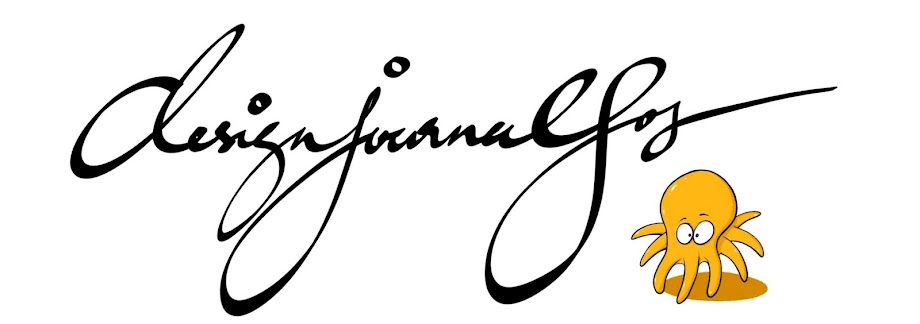Fig. 1
Shape borrowing is probably one of the most common starter exercise for Ideas Generation. References could be obtained easily to be shape-borrowed but not all images are made equal, i.e. to be suitable for shape borrowing. There are useful and not so useful images, although technically you could shape borrow just about anything you want.
Following are some points to help you shape borrow more effectively:
- When you search for reference images, include 'silhouette' in your search. A silhouette excludes all other details (e.g. eyes, nose, whiskers, etc.) that helps suggest a particular animal. If you can identify the animal just looking at its silhouette, that is one good reference.
- If you chose a photo or an image of an animal (or whatever you have chosen), eliminate all internal details when you shape borrow. Look at the middle portion of Fig. 1, one of the puppy I shape borrowed originally had spots on its body. But when I shape borrowed it, the spots and facial features are not included.
- When you finally finished a series of shape borrowed drawings (look at the bottom portion of Fig. 1), ask yourself this question, "Can I still recognise the animal just by looking at its outline?". If the answer is a definite "Yes.", you have a good shape borrowed drawing. Shape Borrow drawings #1 and #3 seem to still retain the shape of a dog quite reasonably. Shape Borrow drawing #1 is the best one. When I look at Shape Borrow drawing #2 I find it difficult to guess what that shape resembles.
Use the points above in future when you are considering Shape Borrowing. That may save you time drawing using useless references in the first place that does not produce a good outcome. The time gained could be used more effectively for development later on.
Let me know if this helps!



